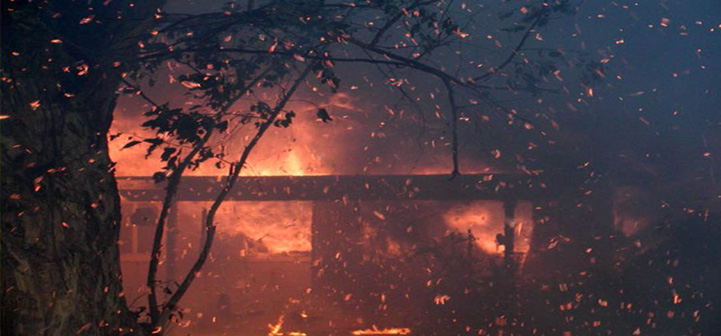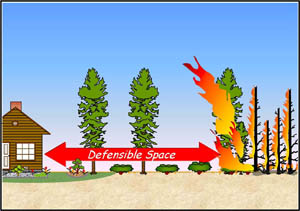Title and Description
Firewise Landscaping
Home survival in wildfire prone areas depends on a combination of appropriate landscape design, adequate vegetation management in the area surrounding your home (i.e., your “defensible space”) and choices regarding building materials and design decisions for the home or building. Yvonne Barkley has been educating audiences about fire in the wildland/urban interface and firewise landscaping since 1995. JoAnne Skelly has been teaching “Firescaping – Landscape Design for Wildfire Defense” since 1999. This one-hour webinar will …



